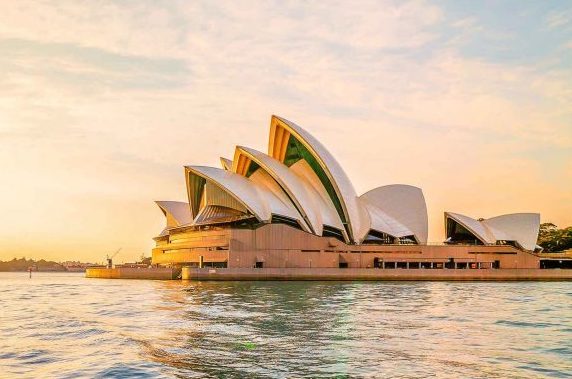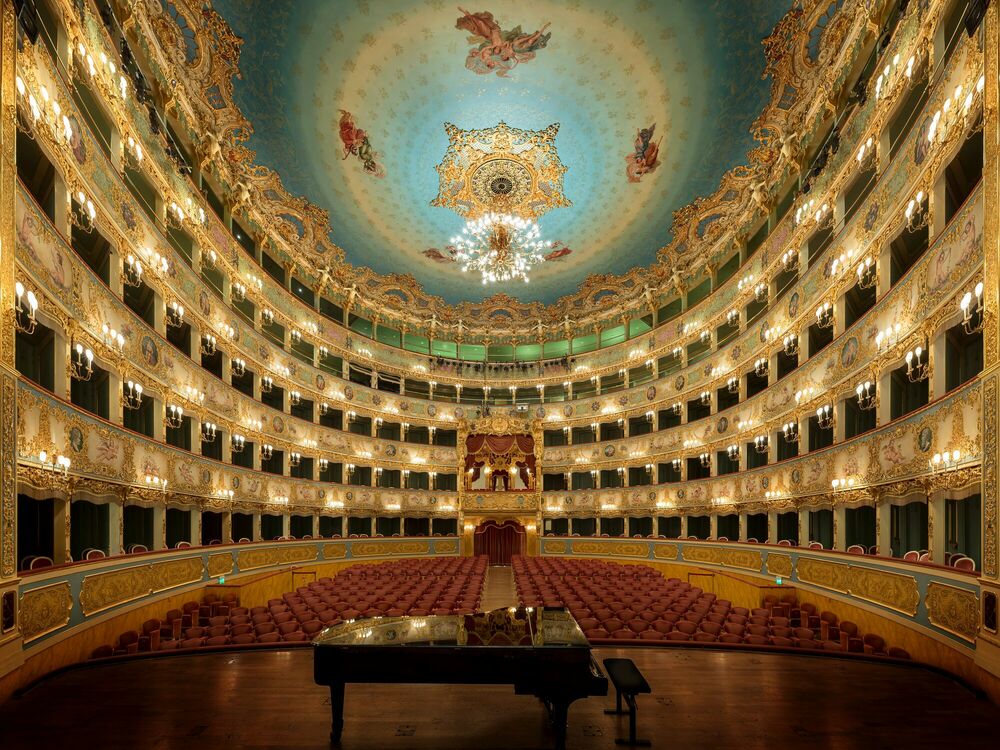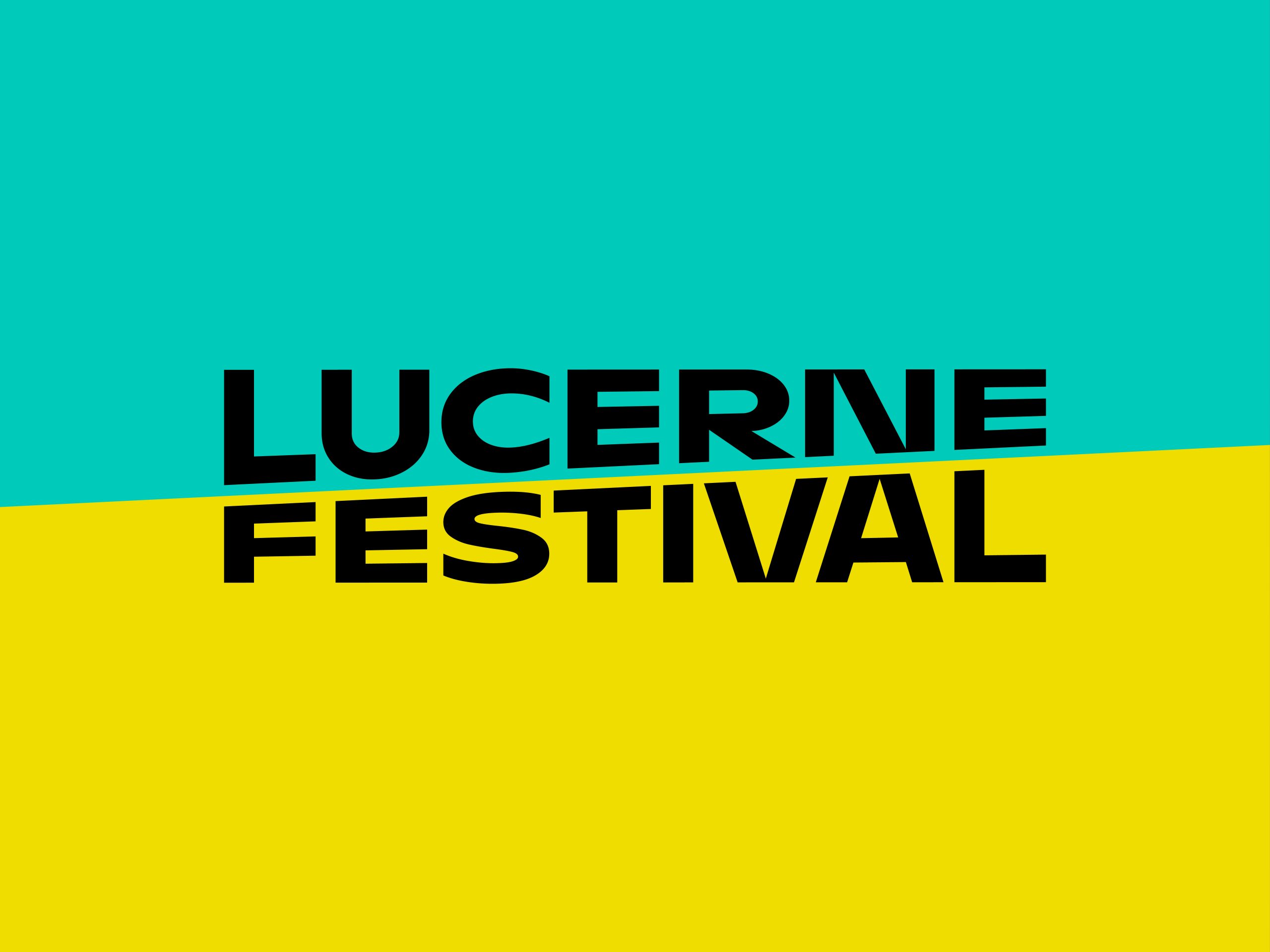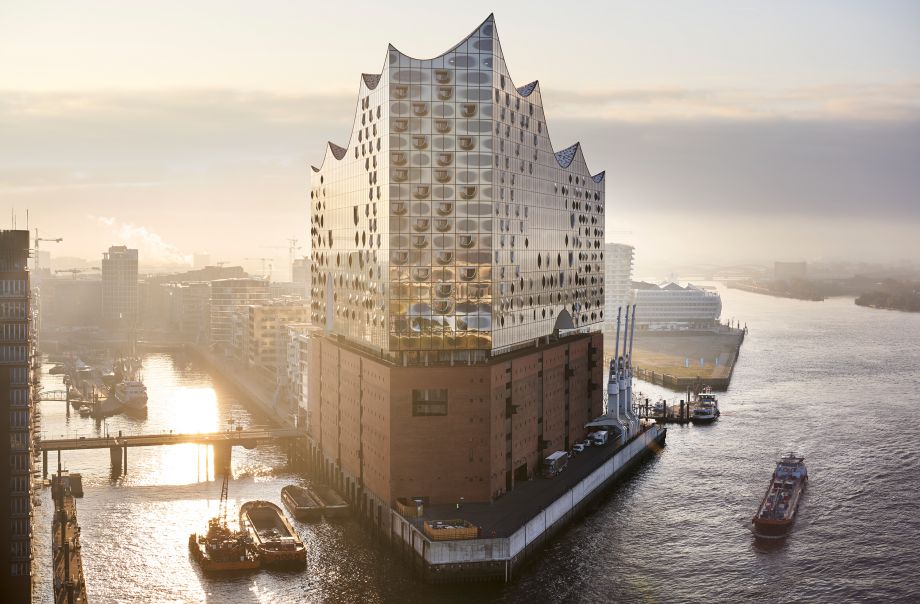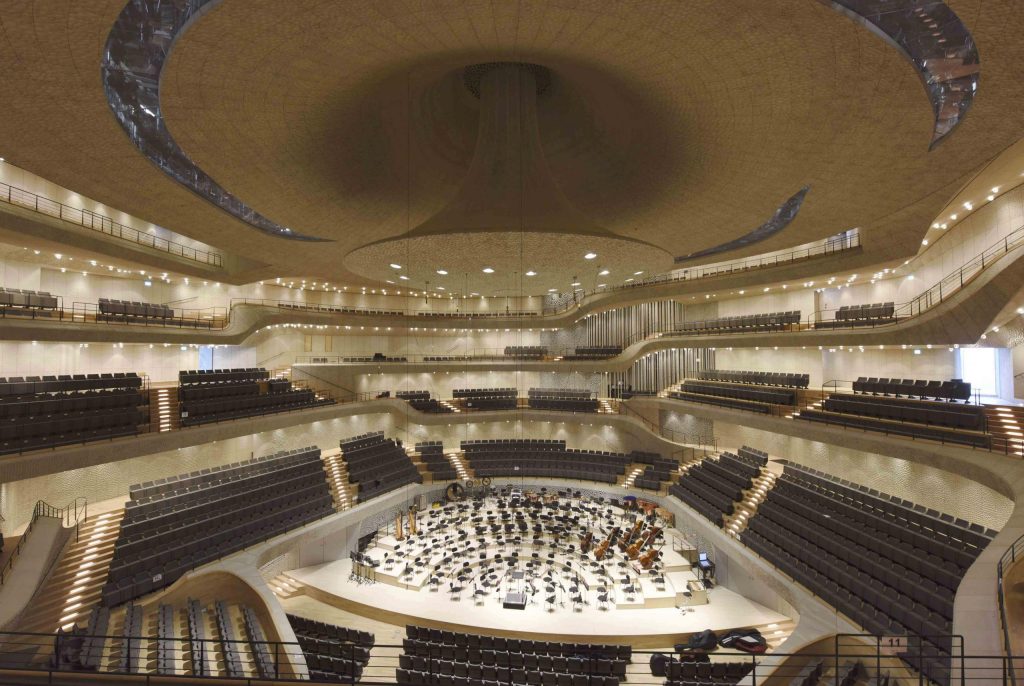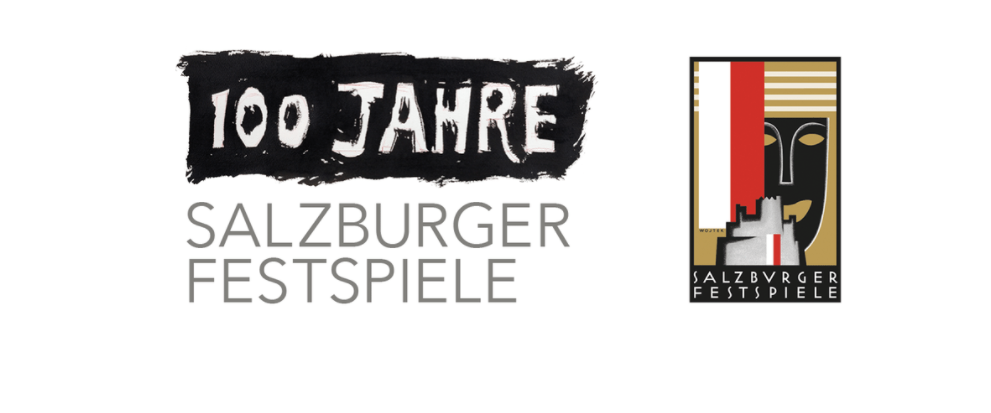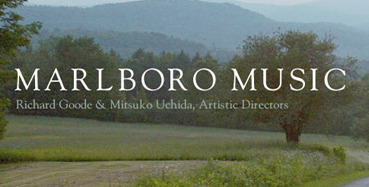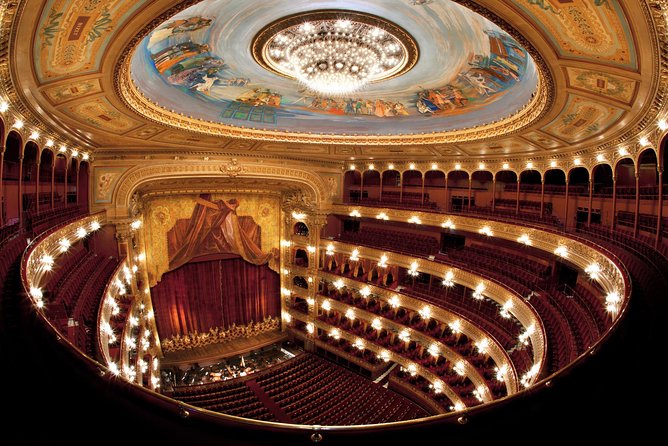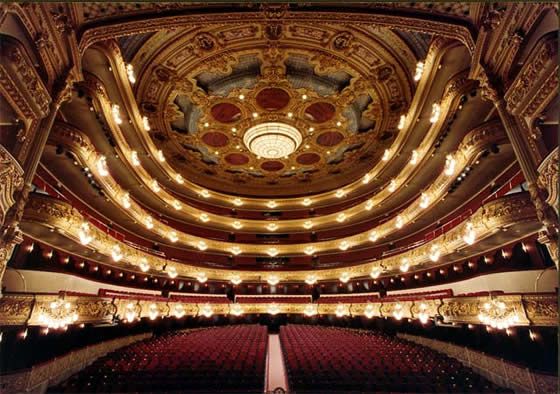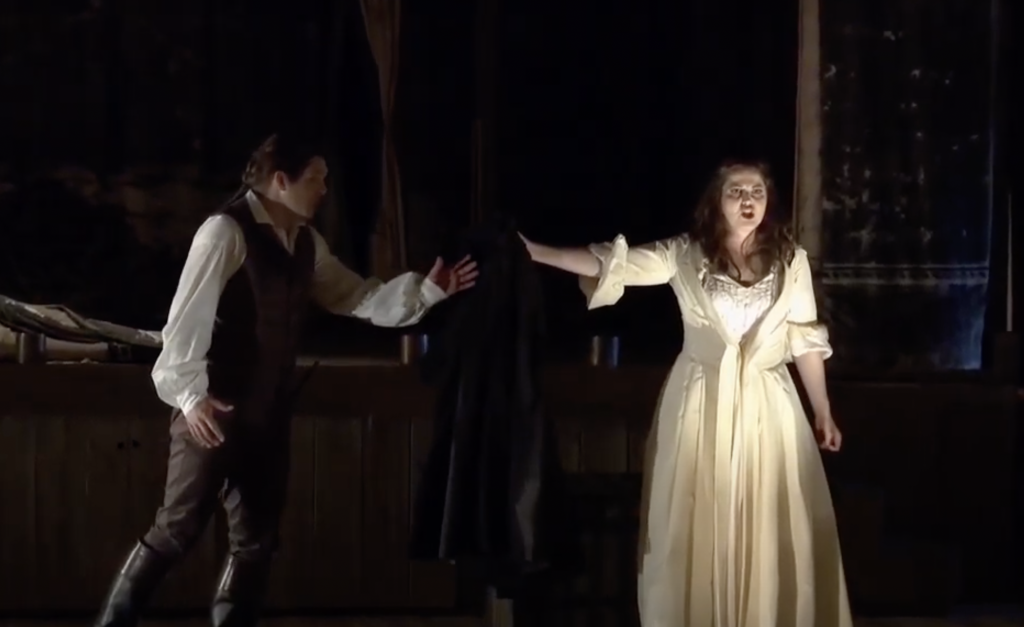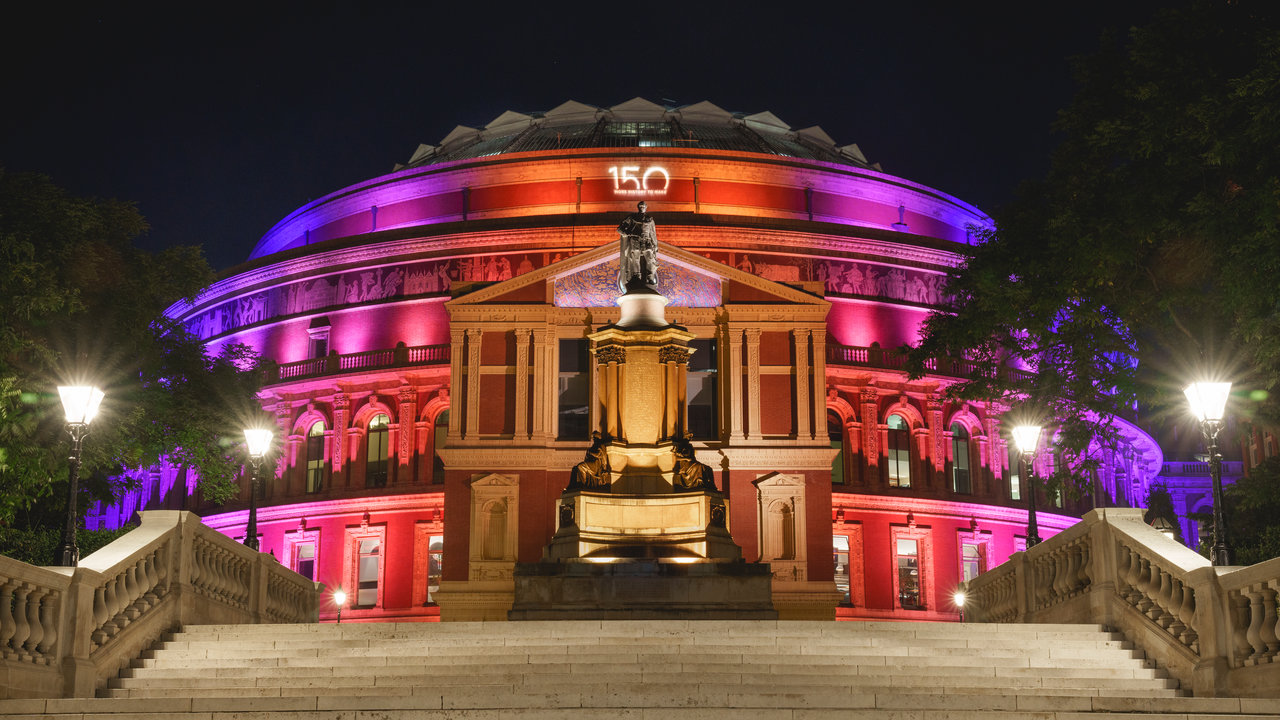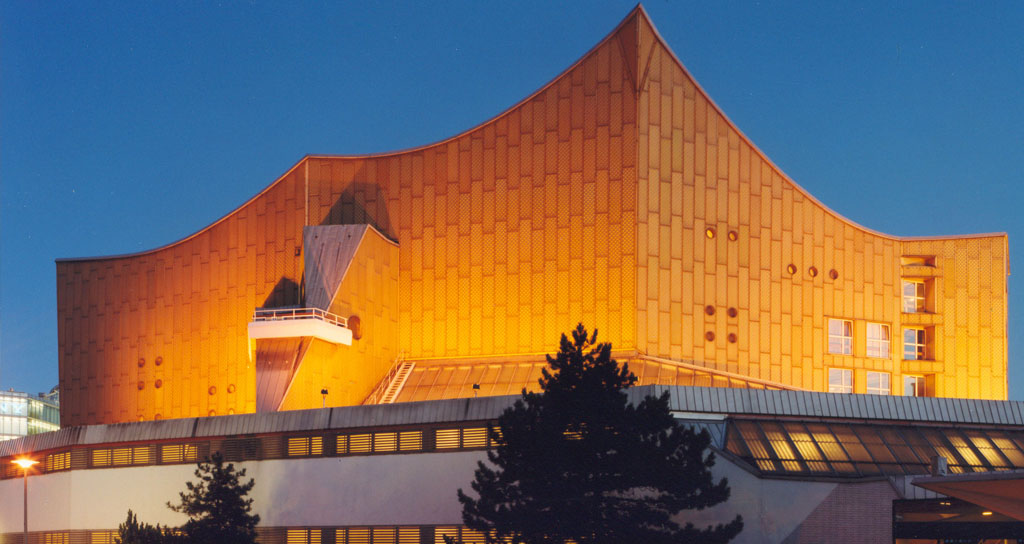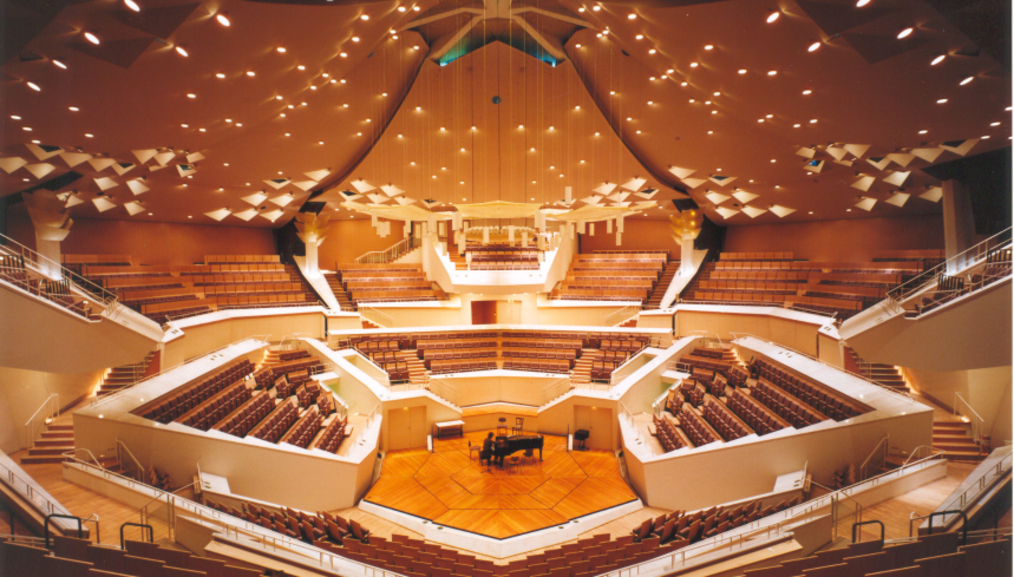Sydney Opera House
Pure inspiration and creativity
Top Classical, September 2022
The Sydney Opera House is a multi-venue performing arts center in Sydney, Australia. Fusing ancient and modernist influences, the sculptural elegance of the Sydney Opera House has made it one of the most recognizable buildings of the 20th century, synonymous with inspiration and creativity.
In February 1966, Jorn Utzon ceased to be the architect of the Sydney Opera House, whose project had won in an international competition nine years earlier, in 1957, being replaced by a group of local architects after a series of dark incidents and discussions. The apparent reason was the discontent of the authorities at the fact that they had already spent 20 million dollars only on the structure, when the initial budget was only seven million and a half for the entire work. To finish the building, he needed 6 times that figure.
Built to “help shape a better and more enlightened community”, Sydney Opera House, since its opening in 1973, has been home to many of the world’s best artists and performances and a meeting place for issues of local and international importance. Today it is one of the busiest performing arts centers in the world and Australia’s number one destination, presenting unique and diverse experiences to more than 8.2 million visitors, 363 days a year.
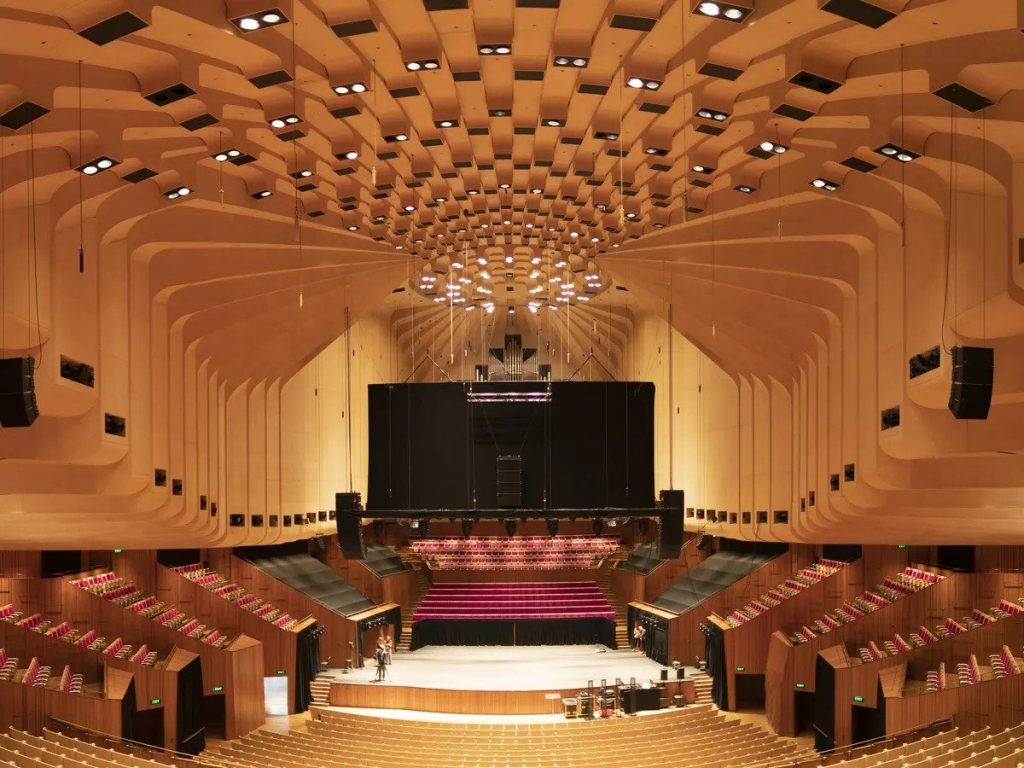
In 2003, Utzon received the Pritxker Prize, the world equivalent of the Nobel Prize in architecture, and died in 2008. The building is considered one of the most important examples of modern architecture in the world, a World Heritage Site since 2007.
Within the facilities there are 7 different rooms where performances and events can be held, from the huge Concert Hall (2,679 seats) to the small Utzon Hall (with capacity for 210 people). 40 are the acts, events, concerts or performances that there are, on average, each week at the Sydney Opera House. The largest mechanical musical instrument in the world is the organ in the Concert Hall. It took 10 years to build and has over 10,000 tubes.
The Opera House is home to seven iconic performing arts companies: Opera Australia, Sydney Symphony Orchestra, Australian Chamber Orchestra, Sydney Theater Company, The Australian Ballet, Bell Shakespeare and Bangarra Dance Theater.
For its 45th anniversary in 2018, a year that also marks the centenary of the birth of architect Jørn Utzon, a series of projects were carried out to renovate the building for future generations of artists, audiences and visitors. As part of this Renovation, Opera House is committed to bringing the vision and ambition that inspired its creation to everything it does.

